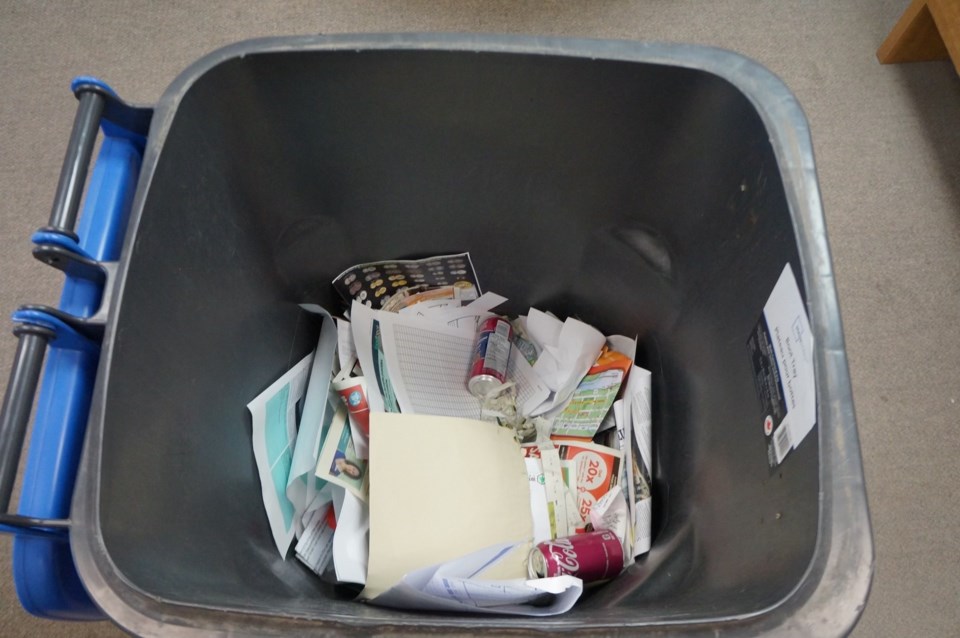The District of Squamish (DOS) is trying to reduce the amount of ‘contamination’ in recycling.
According to a release from the DOS, ‘recycling contamination’ is when material not suitable for recycling is placed in the curbside recycling tote by residents—delaying pickup and reducing the effectiveness of the District's recycling program by mixing in materials that cannot be recycled.
“It’s a shared community responsibility to ensure only appropriate materials enter our residential curbside collection program,” said Mayor Armand Hurford, in the release.
“Effective recycling programs require appropriate tools, knowledge and effort.
“Our goal is to build an understanding of how and why the community currently recycles, and what barriers might exist in order to guide investments going forward.”
To reduce contamination, the DOS will lean into education of the public, perform ‘tote audits,’ and invest in recycling infrastructure.
The DOS currently has a 3% recycling contamination threshold penalty, meaning it can apply a fine per audited load of curbside material that is more than 3% contaminated.
According to the District, the current average recycling contamination rate of audited totes is 7.84%—well above the acceptable threshold.
Top contaminants are glass, books, textiles and fabric. The recycling totes provided by the DOS are for newspapers, paper, corrugated cardboard, steel and aluminum cans, rigid plastic containers, milk jugs and cartons, tetra packs, and hot and cold paper beverage cups.
The District has developed a ‘Recycling Contamination Reduction Plan’ (CRP) to both reduce the amount of recycling contamination, and the need for financial penalties through outreach and education.
The District is also seeking input from the community on a glass collection station pilot program in response to feedback calling for better glass recycling options. Glass collection stations will be piloted through 2025 and will be made up of two medium wildlife-resistant glass totes and two temporary parking spots for drop off access. Locations are yet to be locked in; residents are encouraged to identify and share potential glass collection station locations through the DOS online mapping tool, which can be found online.
To learn more about the DOS recycling education program, head to the District’s engagement website at letstalksquamish.ca/recycling.
Got a depot?
Meanwhile, the District says efforts continue to finalize a new drop-off recycling location following the closure of the Queens Way Recycle Depot, hosted by GFL Environmental.
"The District of Squamish is supporting Recycle BC—the non-profit organization responsible for residential packaging and paper recycling in B.C.—in their efforts to establish a new long-term recycling depot in Squamish," a March 28 District news release states.
According to the muni, GFL is ending the contract with Recycle BC as of May due to space constraints and site safety concerns.
"Having a central, accessible Recycle Depot is important to supporting residents in their efforts to divert recycling waste from the Landfill," the release states.
Those interested in hosting a recycling depot in Squamish are encouraged to contact Recycle BC at [email protected] or contact the District’s Sustainability department at [email protected].



